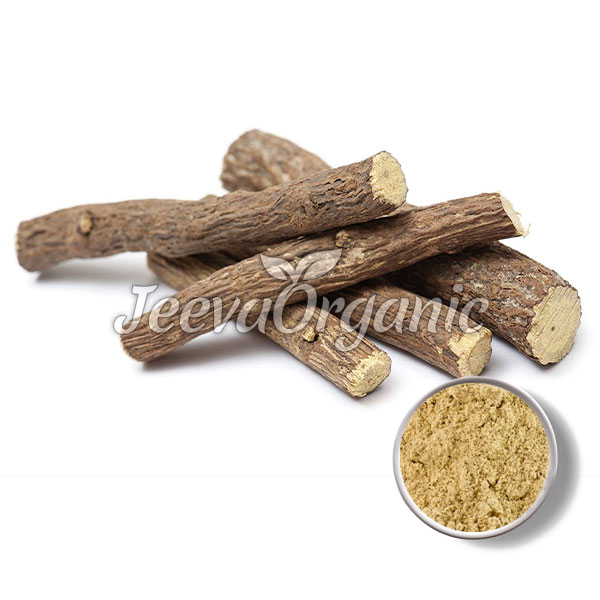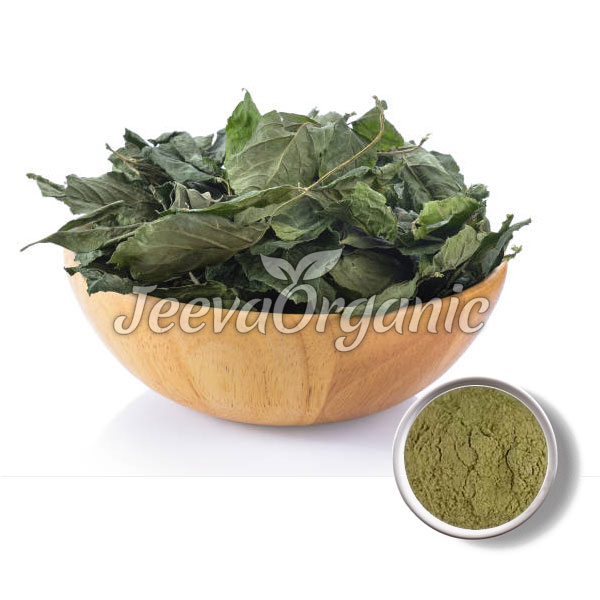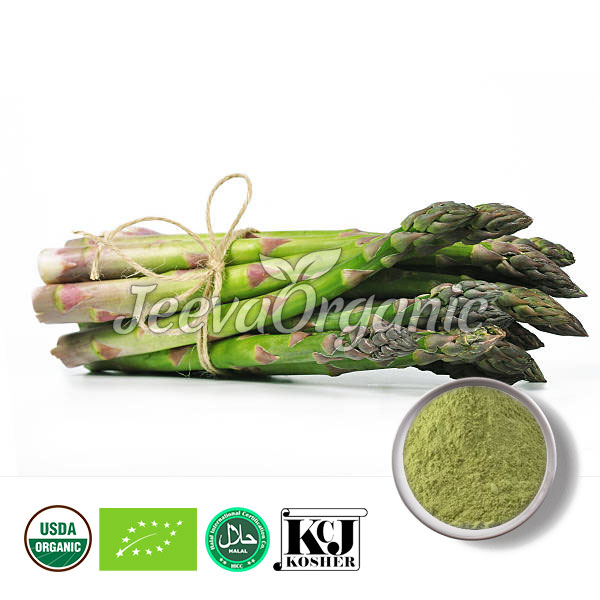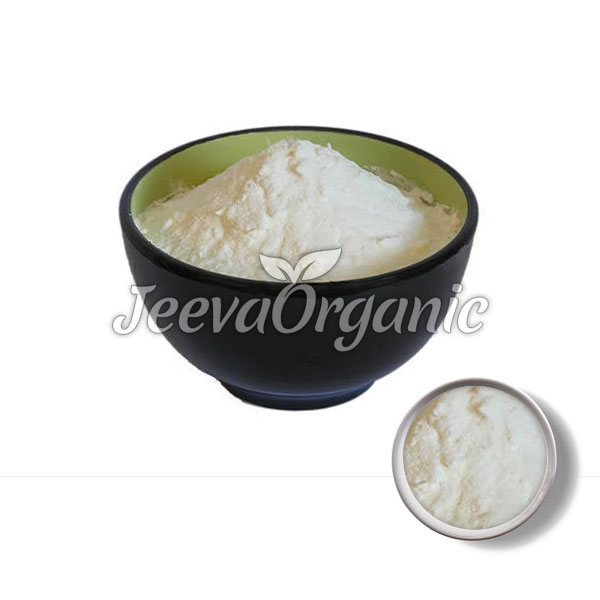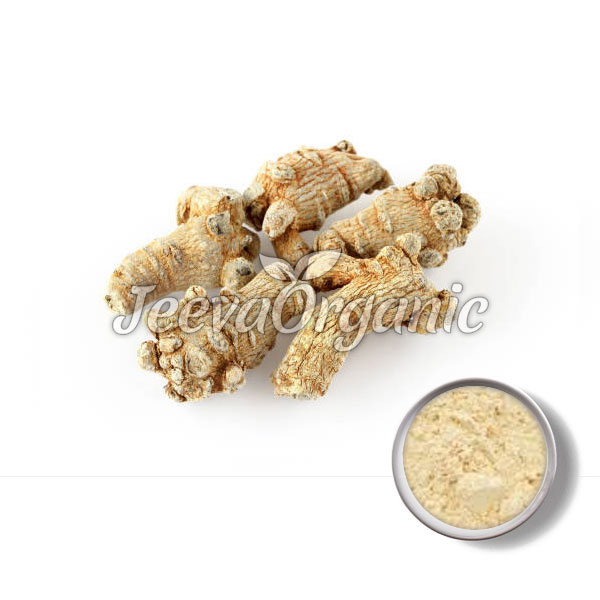- 1. Does this Licorice Powder contain salmonella?No, this Licorice Powder does not contain salmonella. Since salmonella causes gastrointestinal issues, we only accept products that have microbial parameters as per the limits specified by the AHPA.
- 2. Is this Licorice Powder BSE/TSE Free?Yes, the Licorice Powder provided by us is free from Bovine Spongiform Encephalopathy (BSE) & Transmissible Spongiform Encephalopathies (TSE).
- 3. Is this product ETO treated or irradiated?In order to maintain the quality of our products, we do not supply ETO treated or irradiated Licorice Powder.
- 4. Does this product comply with CA prop 65?Yes, the heavy metals content in the product is within limit and complies with CA Prop 65.
- 5. Is Ash value important? Does Licorice Powder contain any ash value?Yes, ash value is important as a higher ash value can indicate the unsuitability of the product for consumption. This Licorice Powder contains ash value below 5% as ash content higher than this makes the product unsafe for human consumption.
- 6.What is the mesh size you provide for Licorice Powder?We can provide Licorice Powder of different mesh size, depending on clients’ requirement and end application.
- 7. What is the Moisture content in this Licorice Powder?The moisture content in our Licorice Powder is below 5%. This offers better control over microbial growth and increases the overall shelf life.
- 8. Does this product contain any pesticide, if yes is it safe for consumption?Our Products are tested for the presence of pesticides as per the USDA 561 list of prohibited pesticides and European Union Minimum Residual limits (MRLs), in globally recognized third-party labs like Eurofins, SGS &TUV. The pesticide content in our products is within limit and safe for human consumption.
- 9. What ratios do you offer for Licorice Powder?We offer Licorice Powder of various ratios, depending on clients’ requirement and end application.
- 10. Is this product melamine free?Yes, this Licorice Powder is free from melamine.
Licorice Root Powder
Botanical Name: Glycyrrhiza glabra
Plant Part Used: Roots
Processing Method: Drying, Grinding
Belonging to the Fabaceae family, licorice is an antioxidant-rich herbaceous plant that has its origin from Southwest Asia. It is abundantly grown in Iran, Afghanistan, China, Iraq, and Turkey for commercial purposes. Licorice is used in skin creams, tinctures, teas, and health products owing to its antimicrobial properties. Using licorice helps in dealing with nervousness and increased stress levels.

